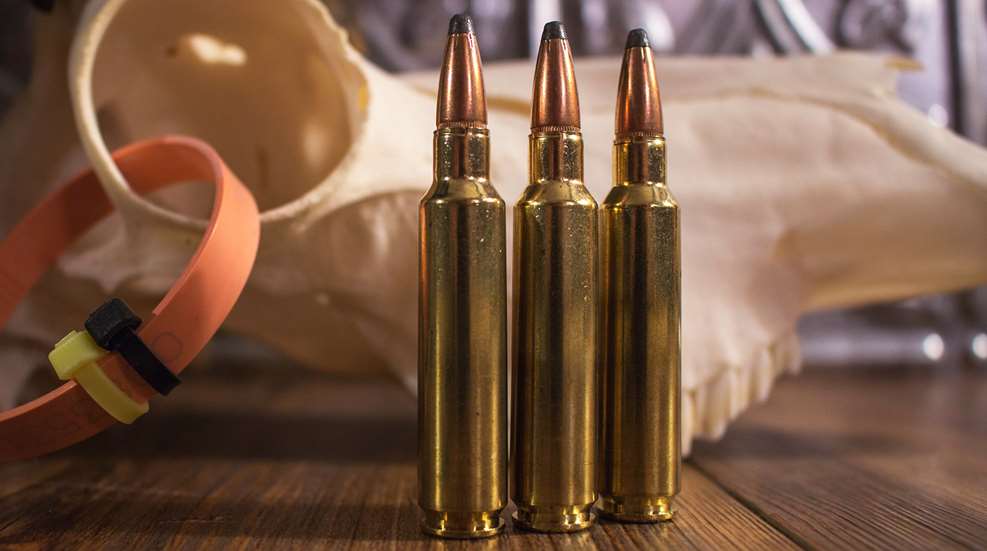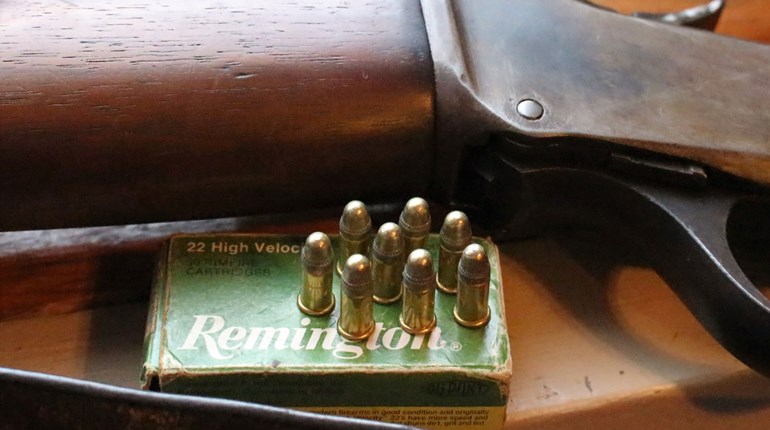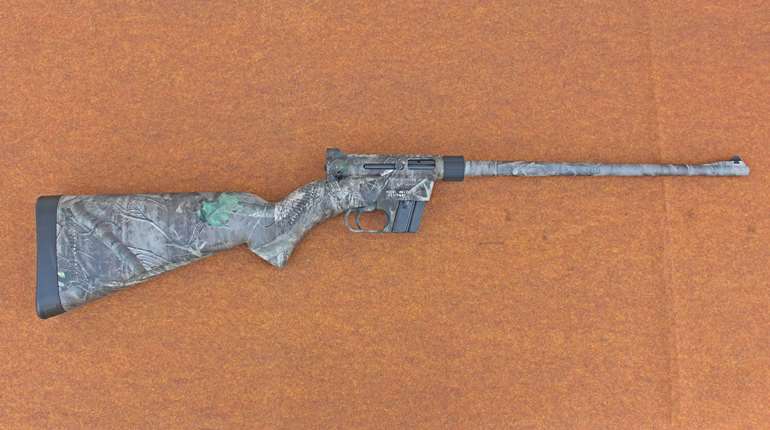
The Big W has an impressive lineup of rifle cartridges to its credit, including such undeniable gems as the .270 Winchester, .308 Winchester, .243 Winchester, .300 Winchester Magnum and .338 Winchester Magnum. While there are many more to add to the list, there are a few which have faded into near-obscurity; the .225 Winchester, .33 Winchester, and surely the .35 Winchester are on that list, and we won’t even get started on the WSSM series. Quite obviously, the first five I listed are undeniable classics, and while the latter group may have a solid fan base, the rifle companies have not embraced them of late. In that group lies a hidden gem, a cartridge which has not only proven itself in the hunting fields, but has fathered one of the finest hunting/target cartridges in existence: the .284 Winchester.

Looking at the lineup of Winchester cartridges, they are predominately made of the rimmed cases early on, with the rimless designs taking over in the 20th century, and a very effective quartet of belted magnums in the 1950s and 60s. Until the advent of the WSM series of cartridges, the only Winchester case with a rebated rim was the .284 Winchester, released in 1963. For those unfamiliar with the term and design, a rebated rim cartridge has a rim diameter smaller than that of the case body. It usually allows for the use of a common rim diameter/bolt face, with a larger body diameter to improve case capacity. In the case of the .284 Winchester, it does exactly that.

The 7x57 Mauser, 30-06 Springfield, .270 Winchester and .280 Remington all share the same case head diameter of 0.473 inches, so for ease of manufacture, the Winchester team chose to keep that for the design of the .284 Winchester. They also wanted a cartridge which would mimic the ballistic performance of the .270 Winchester and .280 Remington, albeit capable of being housed in the short-action rifle made so popular by the 308 Winchester a decade prior. While Winchester had the .270-caliber dominated with their .270 Winchester released in 1925, the .284 Winchester was their first foray In order to come close to the velocities of the earlier .270 and .280, the case needed additional powder capacity, and because the length was limited, fattening the case and increasing the shoulder angle was the way to go. Where the rim is 0.473 inches, the base of the body is 0.501 inches, tapering to 0.475 inches at the junction of the body and shoulder. The neck measure 0.285 inches, just over the desired one-caliber in length to give adequate neck tension, with the case measuring 2.170 inches. The overall cartridge length comes in at 2.800 (surprisingly a hair shorter than the listed dimension of the 308 Winchester), leaving just 0.630 inchers for the projectile to protrude out of the case. This will preclude the use of a good number of the longest bullets of recent development, if you want to have the cartridges fit in a short-action magazine. But that wasn’t an issue in 1963.
The two initial factory loads for the .284 Winchester were a 125-grain bullet at an advertised velocity of 3200 fps, and a 150-grain bullet clocked at 2900 fps. Keep in mind that in this era, the velocity figures were often developed with longer-than-normal test barrels, sometimes as long as 28 inches, so “street velocities” might be lower than advertised. While the .284 Winchester was absolutely available in bolt-action rifles, Winchester also pushed the cartridge in the cutting-edge Model 88 lever-action, and their Model 100 autoloading rifle, with Savage also hopping onboard to offer the cartridge in their classic Model 99 lever gun. Comparing the modern factory loads to the benchmarks set by the .270 Winchester and .280 Remington, you’ll see the velocities on par, or just slightly below, those established by the older duo.

While I haven’t spent a ton of time with the 284 Winchester, my experiences have been positive, if only at the shooting range. I’ll also admit that the 7mm-08 Remington is an efficient, effective, and attractive short-action cartridge, but its velocities fall short of those generated by the 284 Winchester. Rifles for the 284 Winchester are, undeniably, becoming increasingly rare, though the Ultra Light Arms Model 20 has been chambered for the cartridge. I can honestly say that any hunting situation which is covered by the 270 Winchester or 280 Remington can be neatly handled by the 284 Winchester, despite the fact that it lacks the look of reach-out-and-touch-someone.
Factory ammunition for the 284 Winchester is not easy to obtain (I found a box of new old stock on Collector Rifle & Ammo) as none of the major manufacturers are currently listing it in regular production. Federal Premium’s Custom Shop will make it on special order, and I understand that Choice Ammunition is about to make a run. If you want to keep your 284 Winchester rifle well-fed, you’ll need to be able to handload the ammo.

Necking the .284 Winchester down from 7mm to 6.5mm yields my favorite of the six-five cartridges: the 6.5-284 Norma. If push came to shove, you could make .284 Winchester cases from the more-plentiful 6.5-284 brass with one pass through the resizing die. And because of a definite lack of factory ammo for the 284 Winchester, handloading is the most reliable means of feeding a good rifle so-chambered. Powders in the IMR 4350 range are well suited to the .284 Winchester, and a good old large rifle primer is suitable to spark the powder column. There is no shortage of 7mm projectiles available to the handloader, including lead-free copper monolithic choices, bonded core, and traditional cup-and-core designs.
If you are like me, and enjoy using the less-popular cartridges, or just prefer embracing the cartridges of yesteryear, you could do a whole lot worse that finding a classic Winchester 88 or Savage 99 chambered for that cartridge, and dragging it to the deer woods. Despite the lack of factory-loaded ammunition, a competent handloader can provide a lifetime’s worth of hunting ammunition without much trouble, and the ballistic formula provided by the .284 Winchester leaves very little to be desired.




































